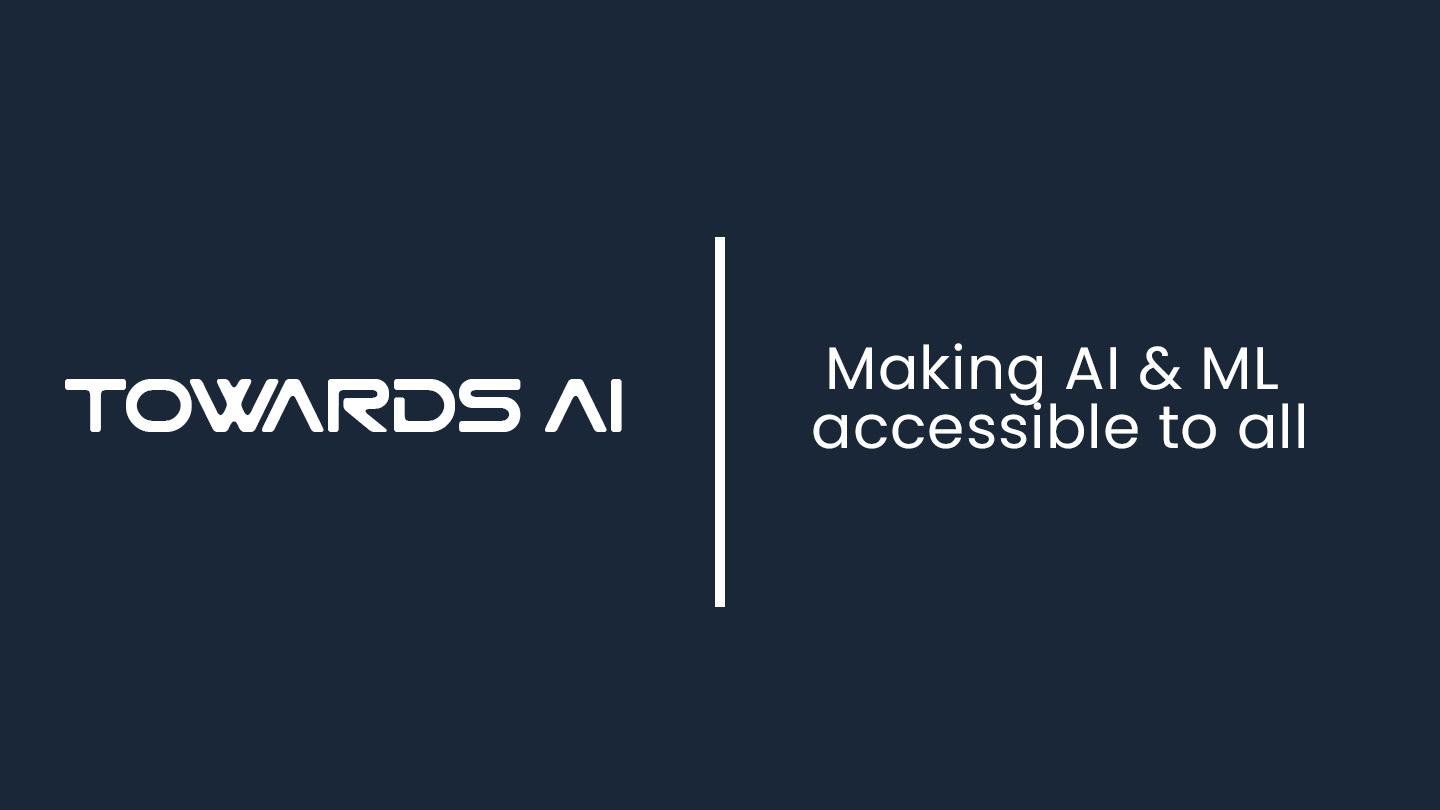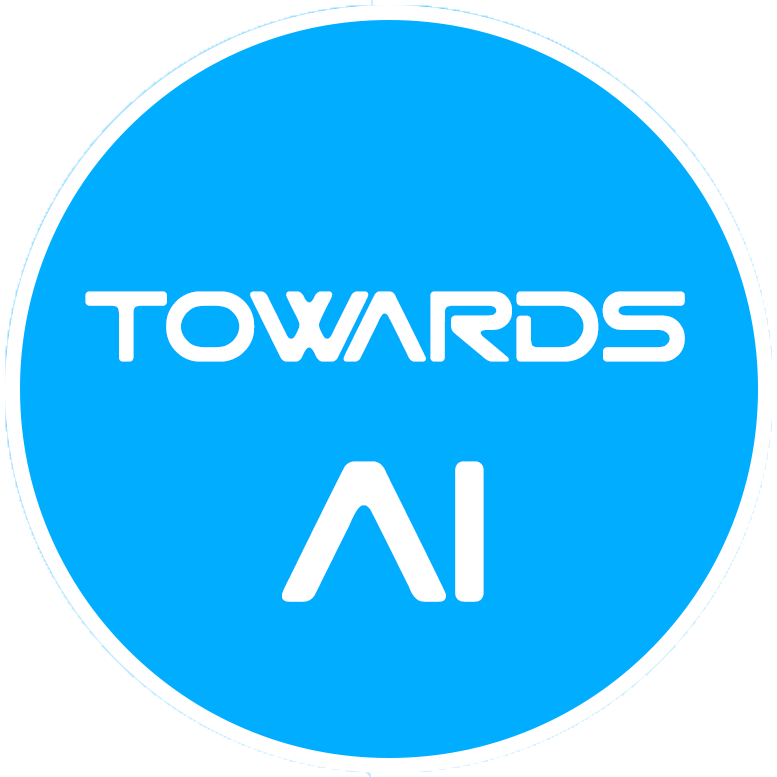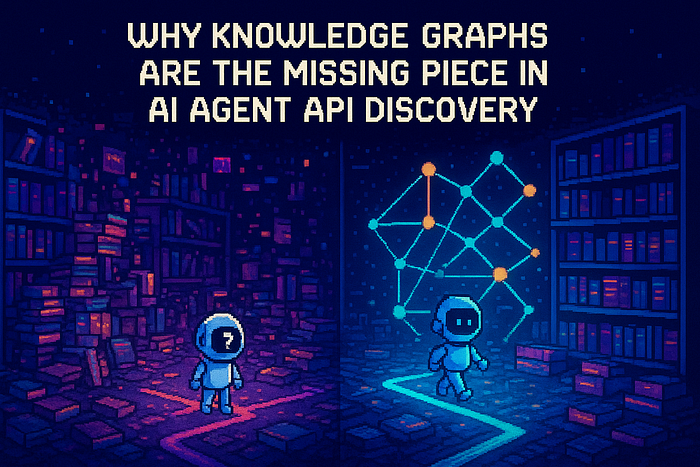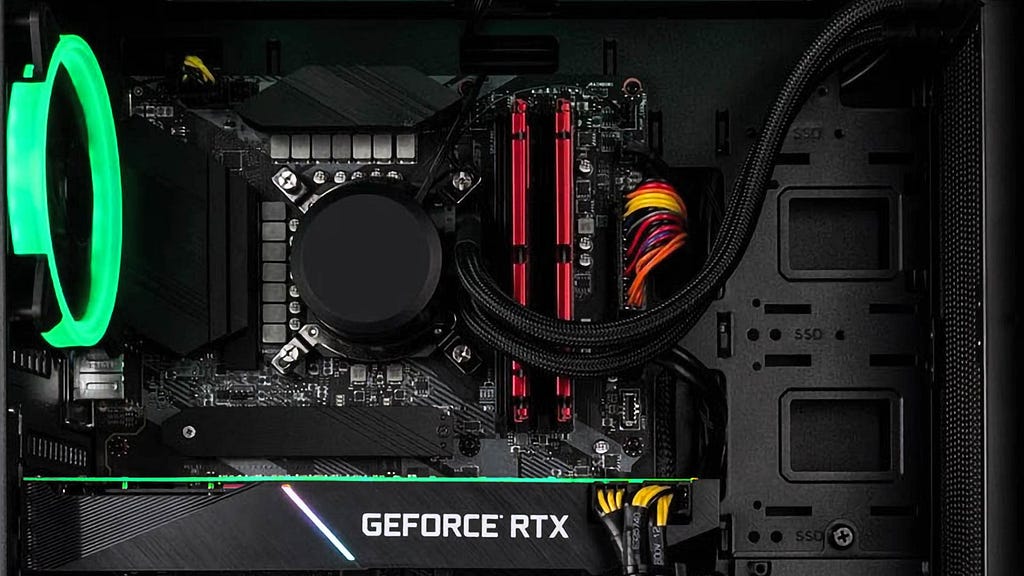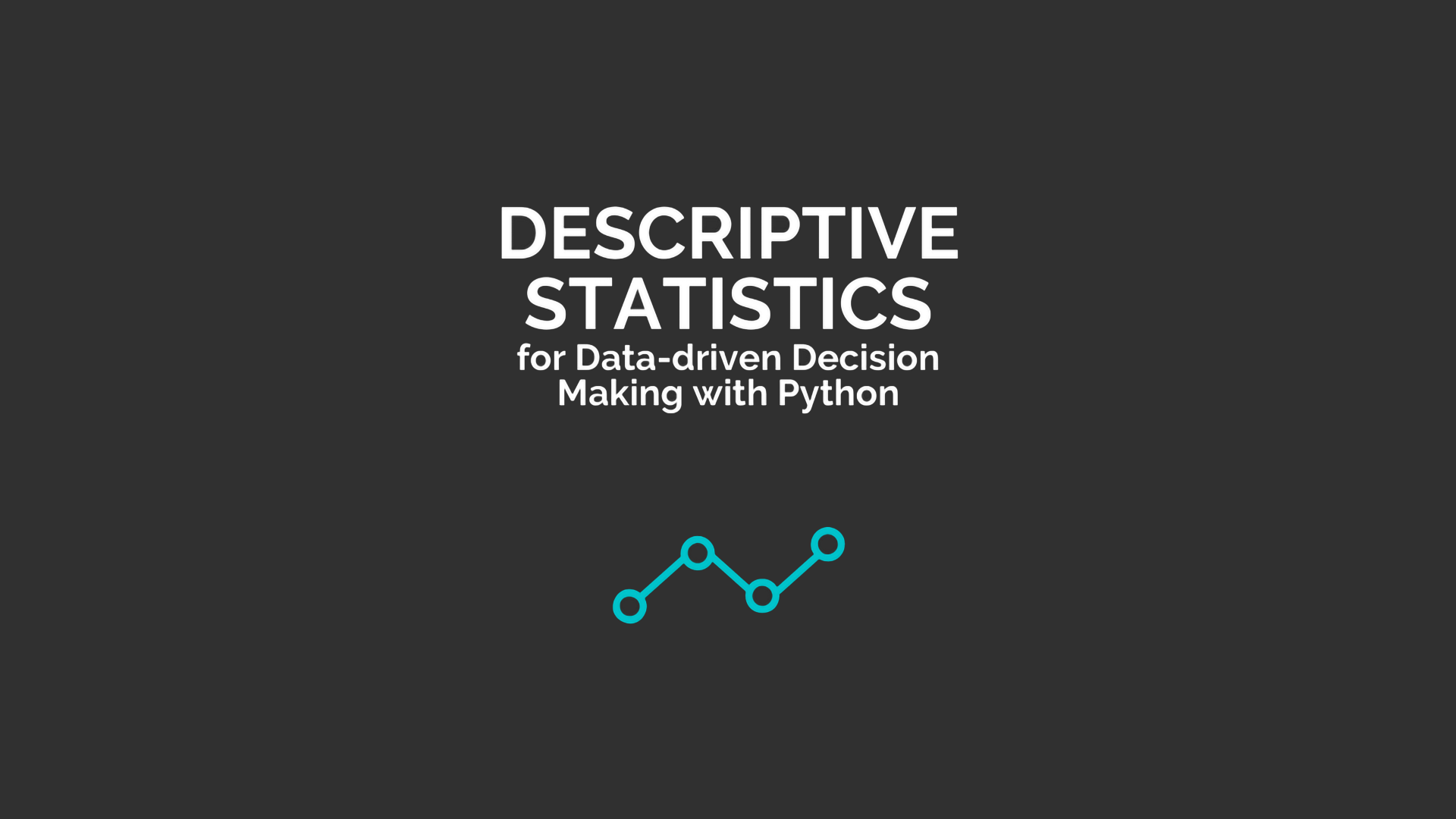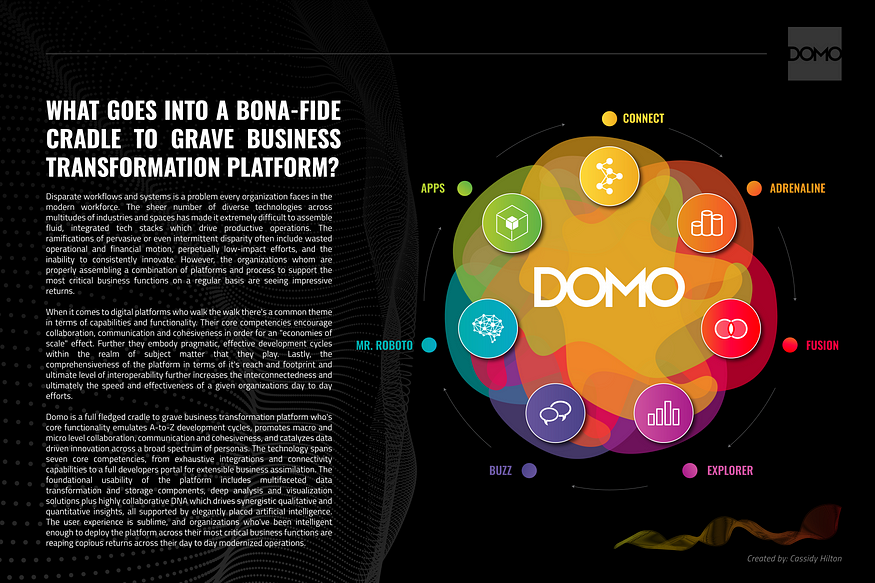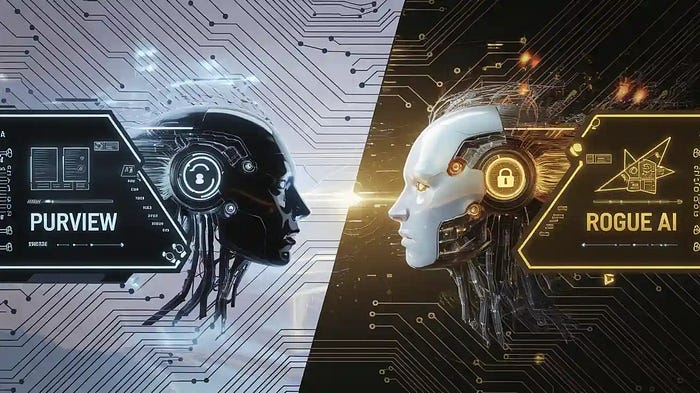
RAG 2.0: Supercharging LLMs with Real-Time Web Data and LangGraph
Last Updated on April 23, 2025 by Editorial Team
Author(s): Samvardhan Singh
Originally published on Towards AI.

In a world of constant change, the AI that learns from the present will shape the future.
For those who don’t have the medium subscription, you can access this article for free hereIn today’s fast-moving world, artificial intelligence (AI) needs to keep up with the latest information to deliver accurate and relevant answers. Retrieval-Augmented Generation (RAG) is a technique that enhances large language models (LLMs) by incorporating external data, and when paired with real-time web scraping, it becomes a powerhouse for applications requiring up-to-the-minute insights. This article dives into how LangGraph, a framework within the LangChain ecosystem, orchestrates real-time RAG workflows using web scraping, enabling modular, reactive, and scalable AI systems for tasks like financial market monitoring, breaking news summarisation, and emergency response.
RAG is a method that improves LLMs by allowing them to retrieve relevant information from external sources before generating responses. Traditional RAG relies on static datasets, which can quickly become outdated in dynamic environments. Real-time RAG addresses this by integrating live data, typically from the web, ensuring responses reflect the latest developments.In a world where information moves at lightning speed, outdated data can lead to missed opportunities or even critical errors. Real-time RAG ensures the AI stays… Read the full blog for free on Medium.
Join thousands of data leaders on the AI newsletter. Join over 80,000 subscribers and keep up to date with the latest developments in AI. From research to projects and ideas. If you are building an AI startup, an AI-related product, or a service, we invite you to consider becoming a sponsor.
Published via Towards AI
Take our 90+ lesson From Beginner to Advanced LLM Developer Certification: From choosing a project to deploying a working product this is the most comprehensive and practical LLM course out there!
Towards AI has published Building LLMs for Production—our 470+ page guide to mastering LLMs with practical projects and expert insights!

Discover Your Dream AI Career at Towards AI Jobs
Towards AI has built a jobs board tailored specifically to Machine Learning and Data Science Jobs and Skills. Our software searches for live AI jobs each hour, labels and categorises them and makes them easily searchable. Explore over 40,000 live jobs today with Towards AI Jobs!
Note: Content contains the views of the contributing authors and not Towards AI.

